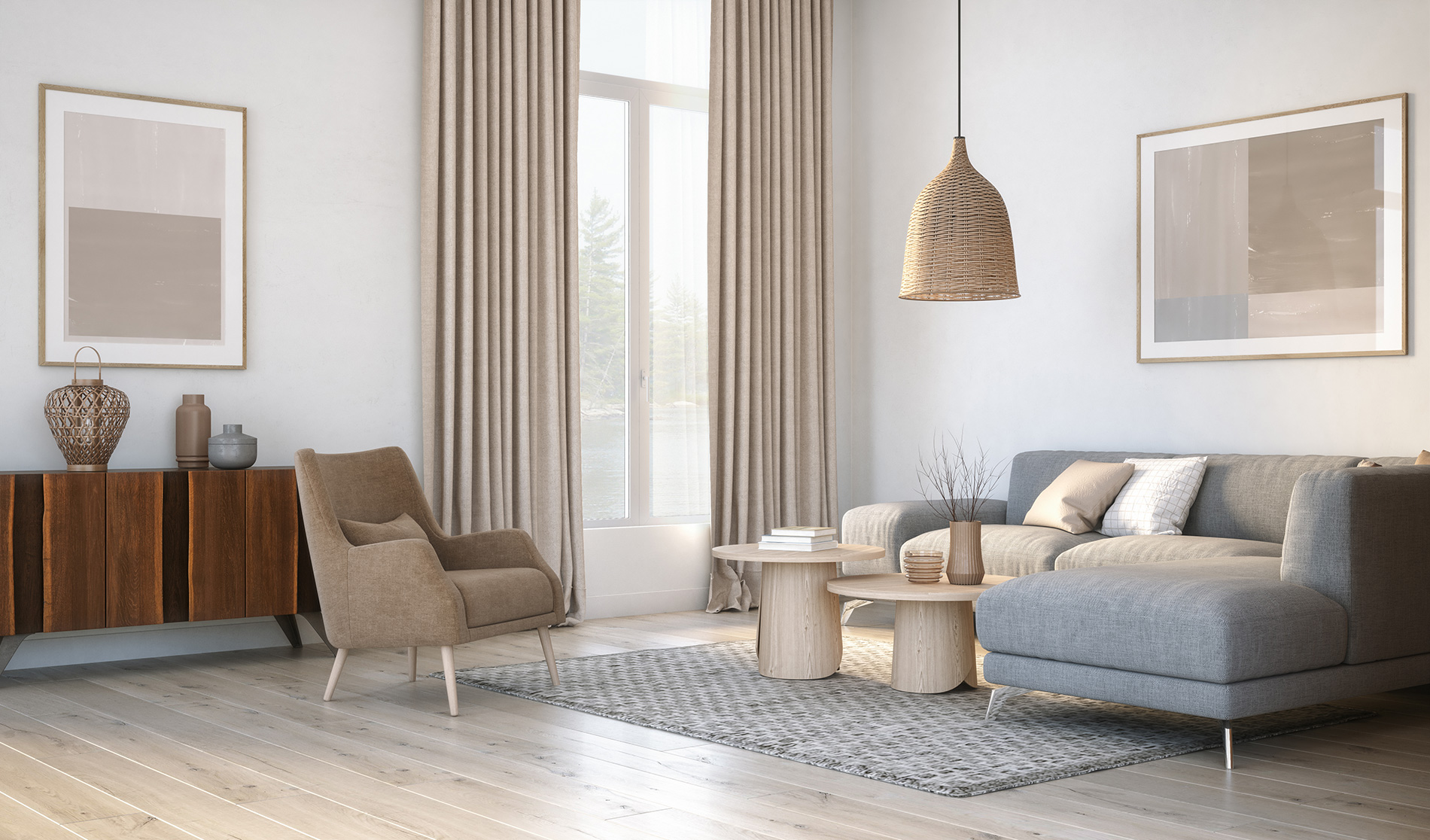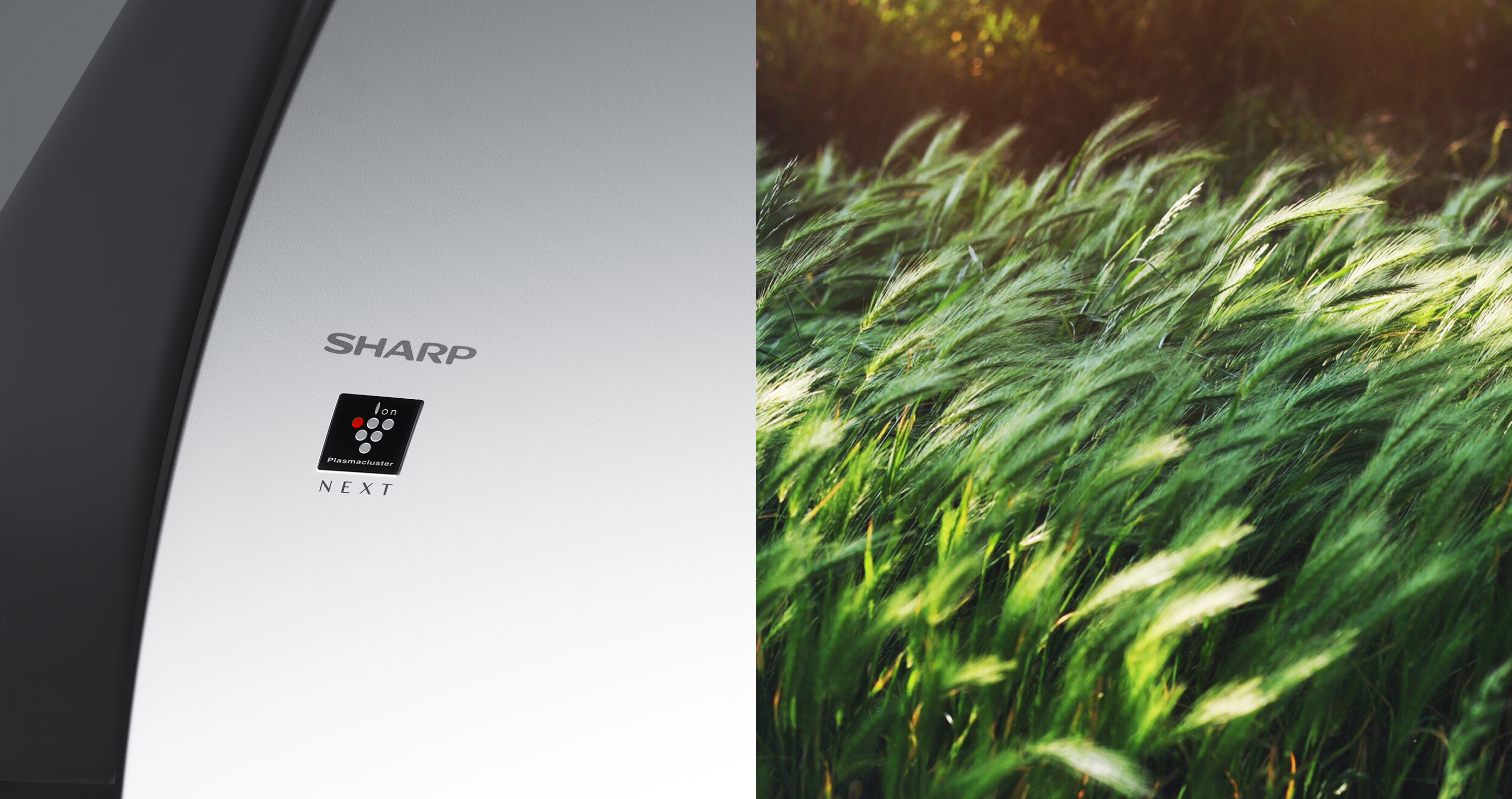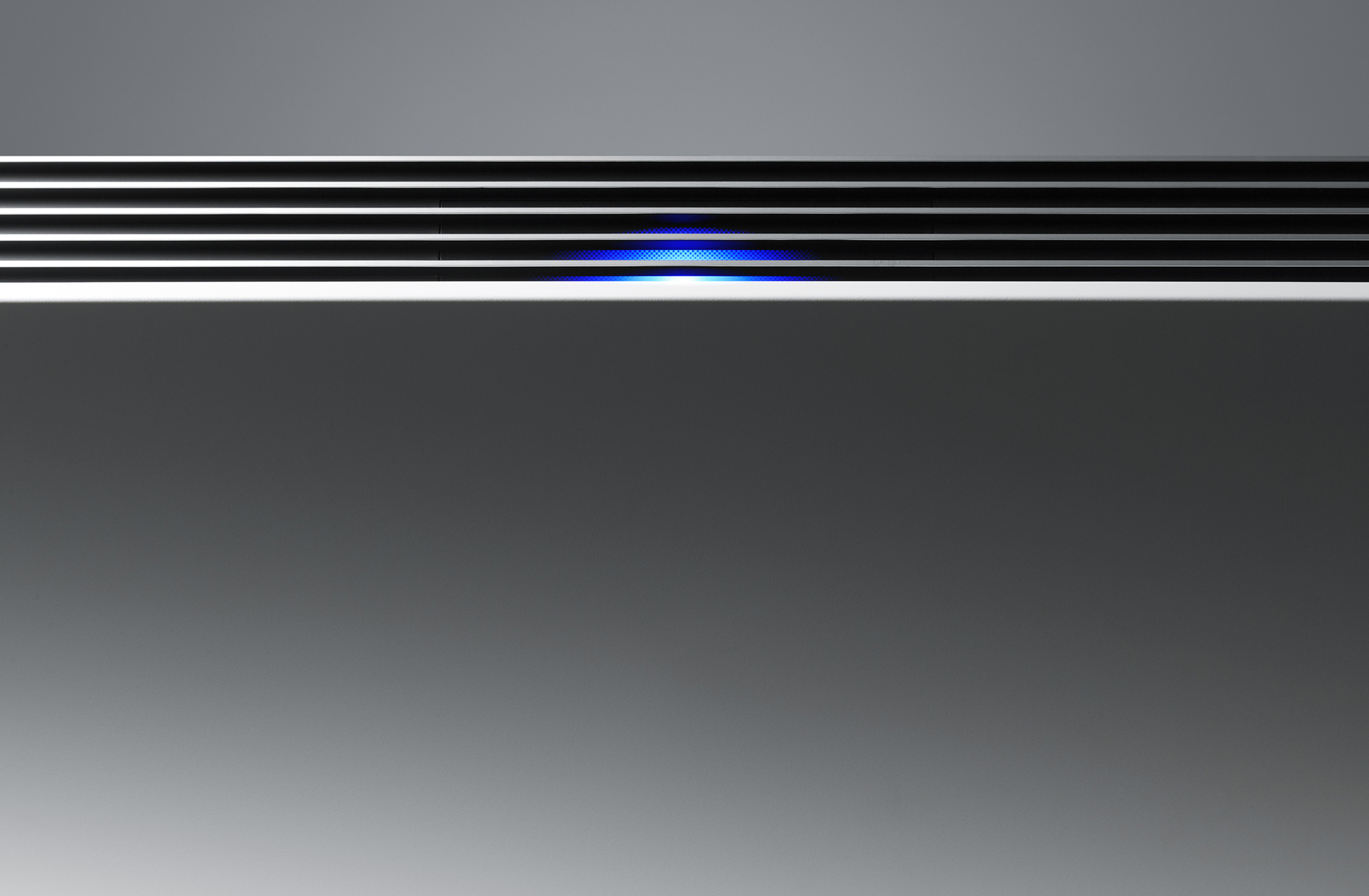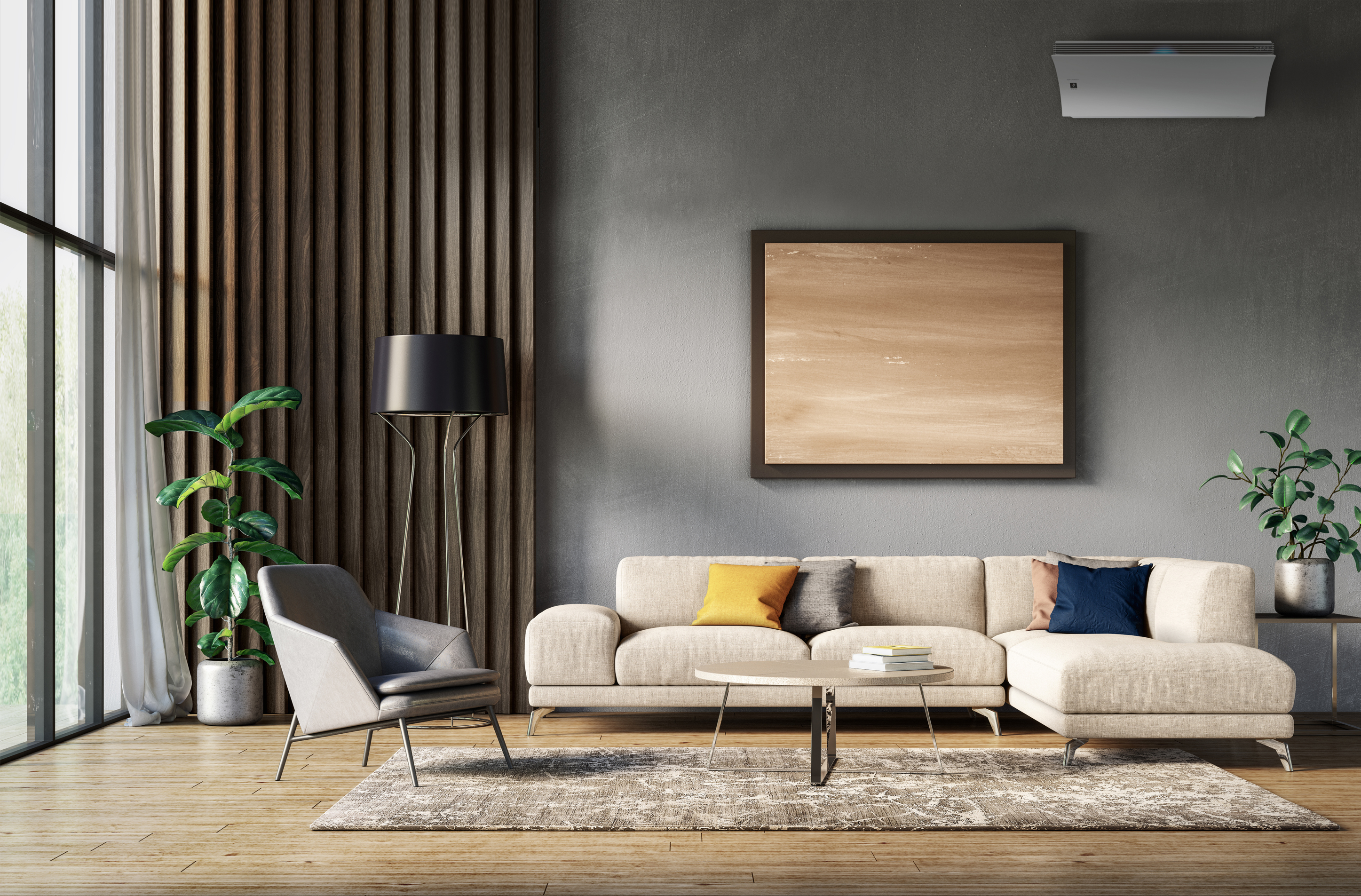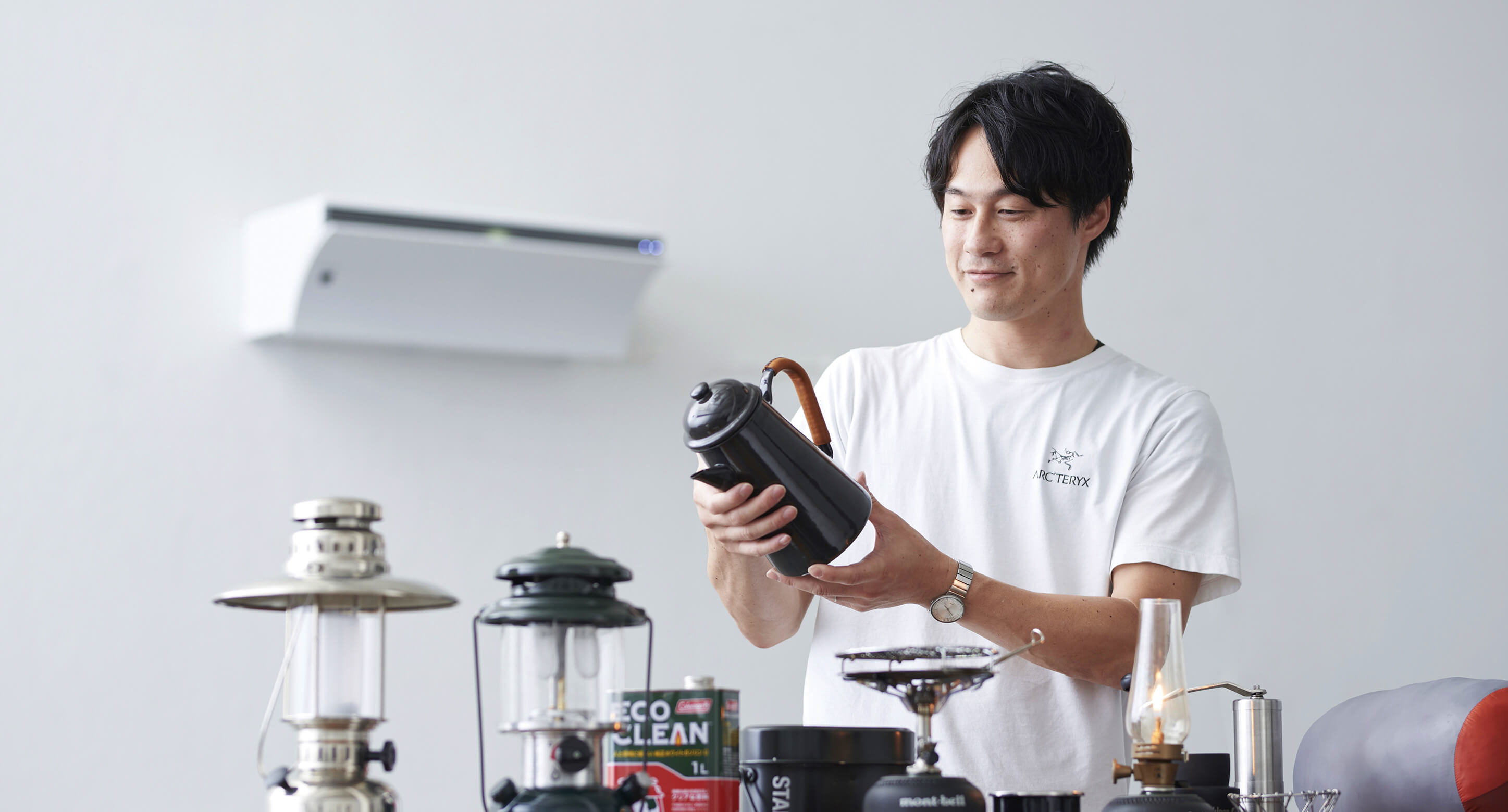
A user-friendly air conditioner, 24 hours/day, 7 days/week, 365 days/yearL-P
Domestic design studio
It has been 12 years since I joined Sharp as a college graduate. During my first five years, I was involved in the development of copy machines in Koriyama, Nara Prefecture. Since relocating to Yao, Osaka, I have been mainly designing white goods. I have worked on a number of products, including air conditioners, air purifiers, hair dryers, and a mastication meter application. But the product I will never forget is the Airest, which I spent four years developing as I made a breakthrough on a difficult issue.

As a Japanese manufacturer, Sharp releases new products to the world one after another. Many ideas and dreams must be behind them. What is this “Smile Creation Quality” that Sharp Design takes so seriously? What kind of people are the designers of these products? I will inquire directly and uncover the hidden passions and ideas of the designers!

So the Airest is both an air conditioner and an air purifier. Is that right?
Yes. The initial concept was to make the only air conditioner that can also function as an air purifier. Originally, we gave consumers a questionnaire about what they focus on when they choose an air conditioner so as to find out more about Sharp’s competitiveness in the field of air conditioners. The majority of the feedback related to whether a manufacturer was trustworthy, followed by feedback about air purification performance. Furthermore, many consumers mentioned Sharp when asked which manufacturer was superior in terms of air cleaning performance. This is probably because our plasmacluster ion is well known, and we decided to enhance it as our strength.
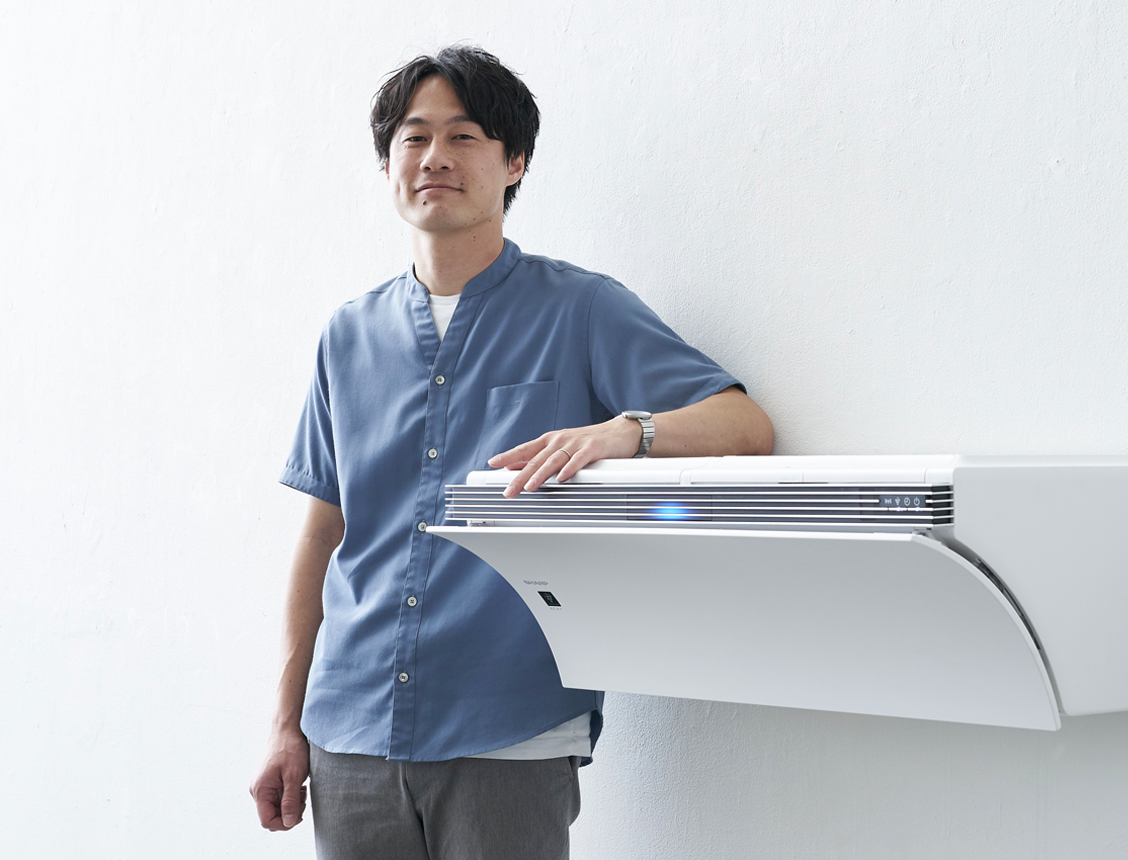
But aren’t there many other air conditioners already on the market with an air cleaning button?
You think so, right? But actually they are not advertised as air purifiers. Although people might think that the latest air conditioners clean air as well, manufacturers need to overcome very difficult industry standards to be allowed to openly call their air conditioners “air purifiers.” Therefore, we needed to fundamentally change the internal structure, and it took us a long time to develop the Airest. Talk of development began in 2015, and we started by conducting research. The concept was solidified in 2016, and we finally started selling the product in December 2019. It is rare to spend this long on a home appliance.
I imagine that actual air purification is a challenge for air conditioners.
I’m sure that our competitors have also tried and failed. It is important to ascertain how much air an air conditioner can intake without impediment to improve its efficiency. The last thing you would want to do with an air conditioner—in order to call it an “air purifier”—is block the air inlet port with a filter that has high particulate collection efficiency.
Oh, you challenged the taboo!
Right, it wasn’t easy at all (laughs). First, we considered the necessary features and interior-like characteristics based on the concept, and we created our first model as if one panel would beautifully emerge. Imagining the changing seasons and our lives in the mornings and evenings, we drew many sketches of usage situations. It was very meaningful that we actually made designs in the early stages of product planning.
What do you mean by that?
Honestly, in the beginning, we thought that it was easy to talk about air conditioners as air purifiers because it was a light topic—everyone knew that it was a difficult scenario but that it wasn’t serious discussion. But when my team gave the presentation of the first model to my colleagues, they showed interest. Our superiors were also instantly fired up, and they asked us to turn it into a product. I felt once again that actual designs have so much power to drive projects.
But your true struggle started from there.
Exactly. We adapted a sirocco fan with a high air intake capacity so as to solve the air resistance caused by the filter. However, there were many more issues other than the fan, such as how we would prevent the condensation that causes contamination inside the air conditioner and how we would improve energy-saving performance. We almost gave up so many times. Yet, we never compromised on the initial concept, and our managers and development team members also wanted to see this through so as to continue being the leading air purifier company.
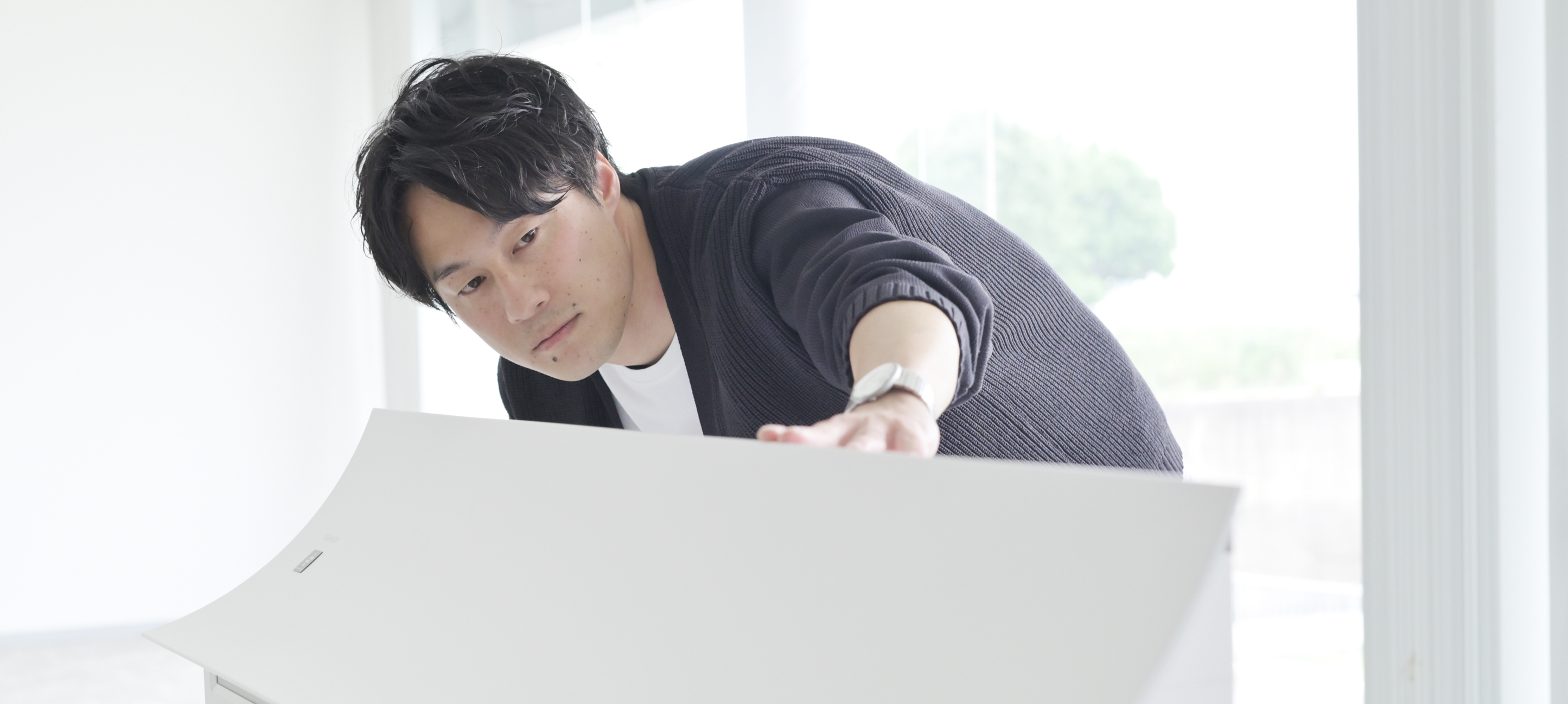
Thus, you were extremely happy when you achieved the goal.
When the Airest was released, our project team had a launch party. We all had drinks and celebrated. Someone even suggested that I grab a microphone and give a speech, old-school style (laughs).
I can imagine that. What a great team!
We developed a sense of unity because the development team members and technical team members had honest discussions, we didn’t give up, and we achieved our goal as a team. We respect each other and speak openly. That I think that this will continue on in our next development was the biggest learning for me from this project.
How would you like consumers to use the Airest in their daily lives?
During development, while sticking with the concept of being the only air conditioner that functions as an air purifier, there was one more thing that we wanted to stick with—Sharp’s user-friendliness. Traditionally, Sharp’s air conditioners use big louvers to push air away and slowly bring cool air down. If air is strongly blown on people directly, women especially would feel cold. Our air conditioners gently deliver wind while cleaning the air, and therefore we recommend our air conditioners to families, especially those with babies. We would like users to take full advantage of the air conditioner not only as a cooler in the summer and a heater in the winter, but also as an air blower that leverages the air purifier. It would be great if users could enjoy their daily life comfortably with clean air 24 hours a day, 365 days a year.

You have designed many products other than air conditioners. What led you down this road?
I loved making things ever since I was a child, and this was also influenced by my parents. My father especially used to make dioramas and model trains in his craft room at home. I also made lures for bass fishing and miniature four-wheel-drive trucks, which were popular back then. Ever since I started work at Sharp, I have been designing not only air conditioners but also many other things. It is fun to design home appliances.

I see. How has your thinking about design changed between the time you joined the company and now?
Let’s see. I’ve learned that there are designs that improve as the development phase progresses and designs that become worse. The designs that improve have clear concepts at the initial stage, and those concepts are stuck with. On the other hand, designs that become worse are superficial. What’s important is not just the form but also the power that form has and the purpose—that is, what we want our users to feel. Once I learned that, I stopped sticking with self-satisfying designs and changed the way I come up with my concepts.
Do you convey these ideas to your younger colleagues?
Well, I often tell them that designing is only a technique, and purposes and techniques are different. Now that I am a senior designer and that I work with younger colleagues more often, I am interested in team-building. Some people are good at sketching, and others are good at presentations. I’ll be very happy if I can create a team in which each person takes advantage of their strengths.
Nara, you are like a reliable big brother!
(Laughs) I’m not so sure about that, but it’d be nice if that was true.

You are obsessed with work every day, aren’t you? What do you do on your days off?
I enjoy camping on my days off. I go alone or with my family and/or friends. I just love camping. I would rather relax than party with a lot of people. I don’t even want to listen to music; I just want to hear the sound of the crackling fire. Perhaps I’m seeking an analogue world away from the daily digital world. Even when I am at home on my days off, I enjoy modifying camping tools for better usability. For example, I might sew rubber onto the handle of a pot so that it does not burn my hand.

You’re making something even in your private time!
I just enjoy it. I would like to keep making things without being trapped by stereotypes and existing ideas. At the moment, I am interested in materials. The main material that is used for home appliances is resin, but I think that materials other than resin could have greater potential. These days, at our business partners, I often speak with professionals that work with natural materials, and I’m really learning a lot. Home appliances can be improved simply by changing one material, so I’m always thinking about changing them.
For details about the products introduced in this article, see here.
Note: The department that the author belongs to and the content of the article are correct at the time of writing.
Airest Air Conditioner
IMAGE GALLERY
